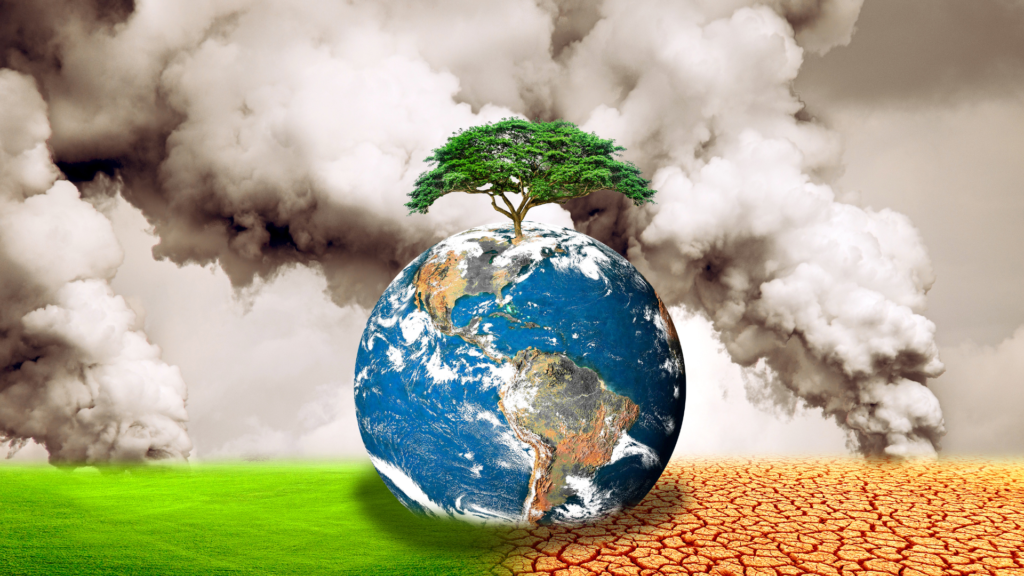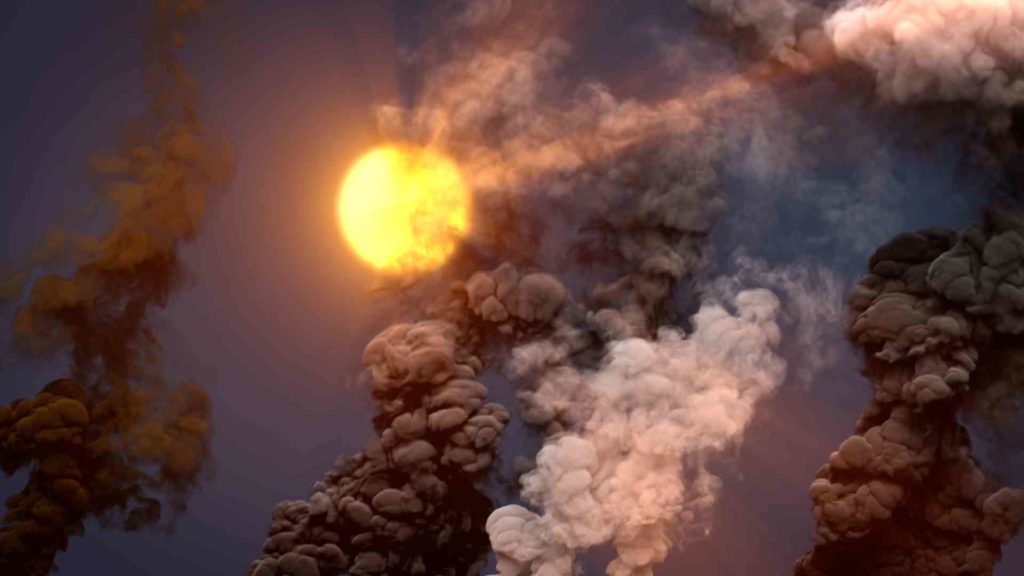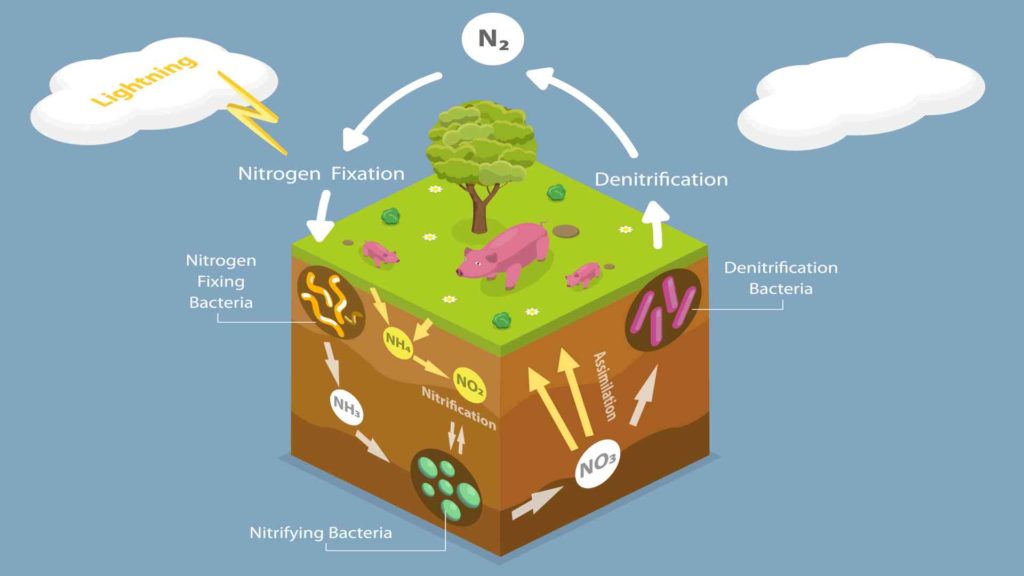Boron and Climate Risk
Climate change is real. The impact of the physical climate risk is already affecting the living population. Boron is a low-cost and sustainable solution to help control climate change effects. Climate researchers consider boron an essential ingredient in reducing global warming. It is helpful as a catalyst for creating one or more hydrofluorocarbons (HFCs) with lower greenhouse gas emissions. It is lesser than current HFCs commonly present in air conditioners, refrigerators, and other cooling devices.
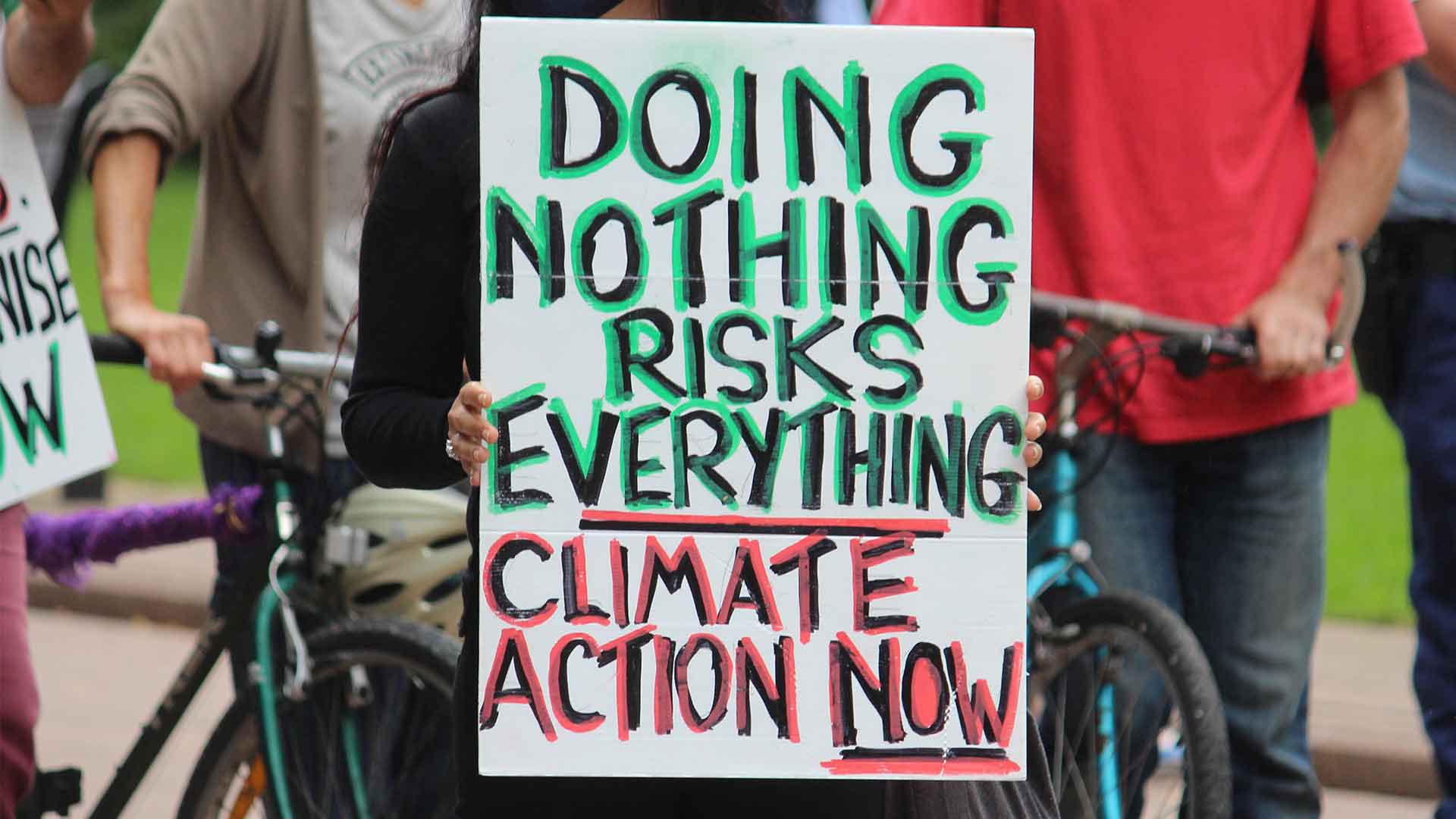
The Climate Risk Prevention program is an initiative of the Climate Reality Project. It aims to educate people and businesses on climate change risks. Climate risk prevention requires a proactive approach with practical solutions. It helps communities better prepare for climate changes by reducing exposure to physical climate risks. The Climate Reality Project has launched a new Climate Change Resilience Toolkit. It outlines specific steps individuals, communities, and companies can take to protect themselves from these threats.
Boron in decarbonization
The increased need for decarbonization is met with innovations in the field of nuclear power. Boron-based fuels are a promising alternative to uranium-based fuels. It is because they are helpful without any enrichment. They can produce around two times as much energy per unit mass. The development of these boron-based fuels is an essential step in the process of decarbonizing our economy. However, there are still many hurdles to overcome before this fuel type sees widespread use.
The most critical element in the decarbonization of fossil fuels is boron. Boron plays a crucial role in preventing CO2 emissions from entering the atmosphere. It is essential to any business or country looking for an alternative energy source.
What is climate change?
Climate change is the result of climate variability, including changes in global temperatures. Climate change is primarily due to natural processes such as solar radiation and volcanic activity. It can be because of human activities like fossil fuel burning that release carbon dioxide into the atmosphere.
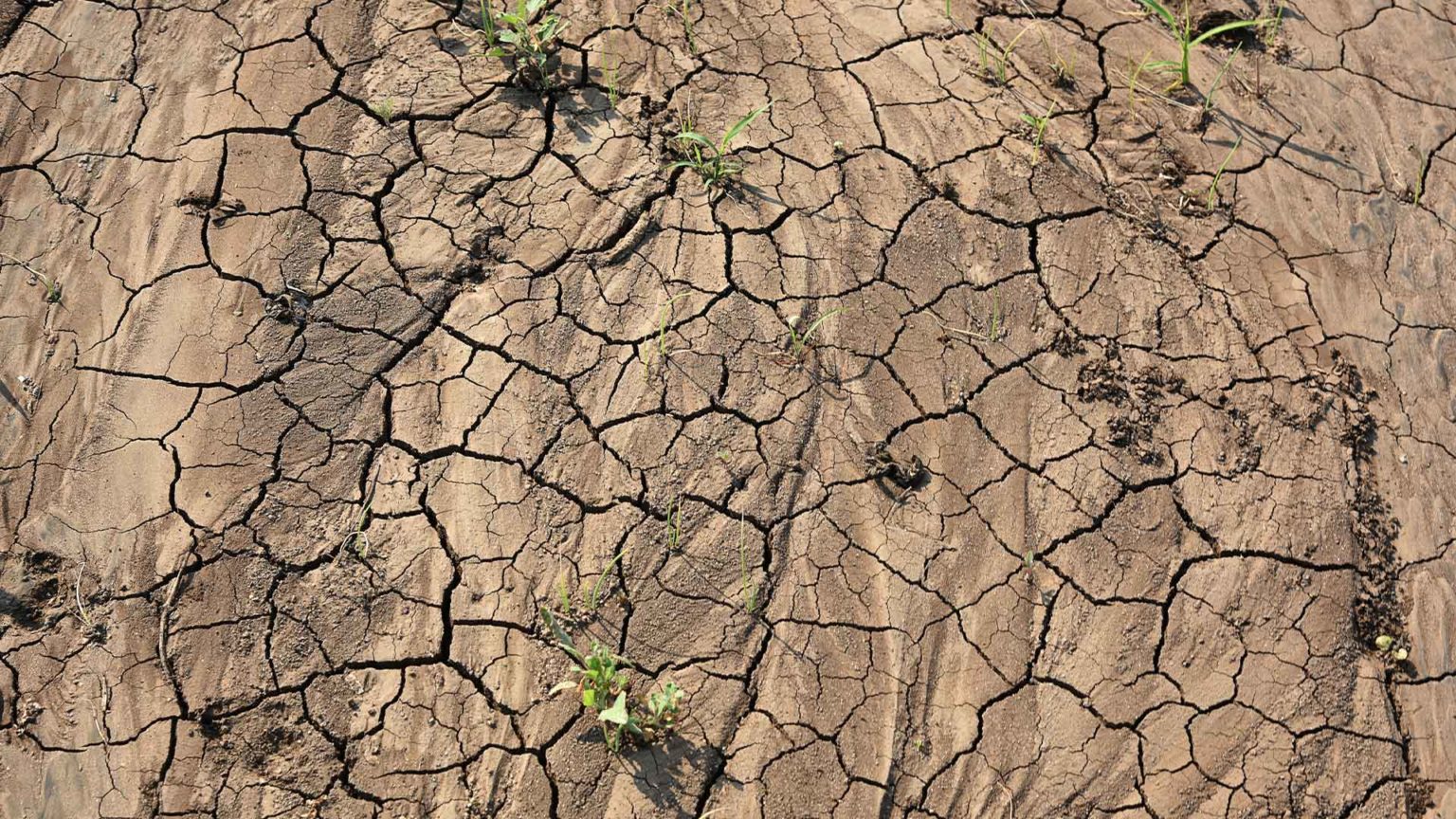
This variability already has profound impacts on communities and ecosystems alike in many parts of our world. It causes frequent droughts to crop failures to melting ice caps, to rising sea levels. Worldwide economic losses due to extreme weather events have increased six-fold since 1980. It costs close to $14 billion per year, with a total cost reaching $700 billion annually over the past decade alone. Climate risks are both natural and severe. But we can take steps now to help protect ourselves from what is ahead if we act quickly enough.
The impact of climate change
The impacts of climate change are increasing, and the costs associated with these changes will be immense. The world is already paying for increased natural disasters, declining agricultural production, and more frequent extreme temperature events. It is crucial to prepare better to thrive in an uncertain future where climate change is inevitable.
The first thing organizations should do assess their current resilience to physical risks. What types of damage might have an impact on your organization? How much would this cost? If you don’t know the answer to these questions, it’s time to find out.
Once you’ve done your risk assessment, take steps like securing insurance or making investments today that could help protect against potential vulnerabilities in the future. Second, think about what you need to do tomorrow. Climate change will not happen overnight, but your exposure could increase over time if steps are not taken now. For example, another way for organizations to prepare is by identifying their climate risks. And creating a plan of action that would allow them to continue operating in the future should those risks materialize.
How to build resilience towards physical climate risk
Plan for changing weather patterns: Think about where people live and how they move goods around their communities. Routes might be disrupted or destroyed as roads flood or become impassable during wetter winters. It is because there is more water running off the snow into rivers/streams. Increase capacity for the emergency response so local governments can better prepare for events such as extreme heat, storms, drought, and wildfires. Climate change is happening now.
Effective risk management strategies
Risk management strategies are critical to the resilience of businesses, communities, and governments.
Businesses: Climate change is already affecting investment decisions in some sectors. For example, large international banks no longer finance coal-fired power plants because they pose a climate risk too significant. Instead, they are investing heavily in renewable energy projects.
Communities: Climate change may disproportionately impact vulnerable populations. The elderly live alone, low-income families without access to air conditioning or good food stores for coping with prolonged heat waves, floods, or drought.
Government: Climate impacts can affect public health, safety, and well-being. Climate change can lead to more intense storms like hurricanes or winter blizzards that harm the population.
Mitigation Measures: Climate Action Plans worldwide include various mitigation measures such as planting trees to help control stormwater runoff. They are improving in ways transportation options for low-income populations and making buildings energy efficient.
How to take action against climate change
Organizations like Climate Central provide information on actions to take against climate change. It includes plans such as planting trees, building a solar panel, or decreasing your energy usage.
Low-lying areas are the most vulnerable in terms of resiliency to physical climate risks. Transit systems will be among the first network disruptions due to flooding, landslides, extreme heatwaves, and so forth. The trouble is not going away anytime soon as storms intensify every year by two percent.
Climate change affects businesses because it forces them to rethink their operations. They need to reconsider how they buy raw materials. Or where they manufacture products. It can affect a company’s supply chain if suppliers are impacted by natural disasters that cause interruptions in service. Climate change also has an impact on innovation for the business. Climate change is also a potential opportunity for companies to innovate and create new products. These products will be more environmentally sustainable.
Climate risk management by businesses
Risk management by organizations can take many forms. Climate risk management is about finding strategies and actions to reduce the chances of climate change impacts happening. It also has a plan in place for when they do happen.
Actions: Climate risks are “the likelihood that climate changes will adversely impact an individual or sector.” Also, a potential opportunity for businesses to innovate and create new products that are more environmentally sustainable.
Potential Actions: Climate risks such as flooding, extreme heatwaves, and drought, among others, pose one of the most significant threats to our future wellbeing. It primarily causes human suffering and has adverse effects on economic growth, food security, energy supply chains, etc.
Decarbonization is where high carbon-emitting activities are replaced with lower emission-producing ones, like renewable energies to mitigate climate risks.
The Climate Risk Framework
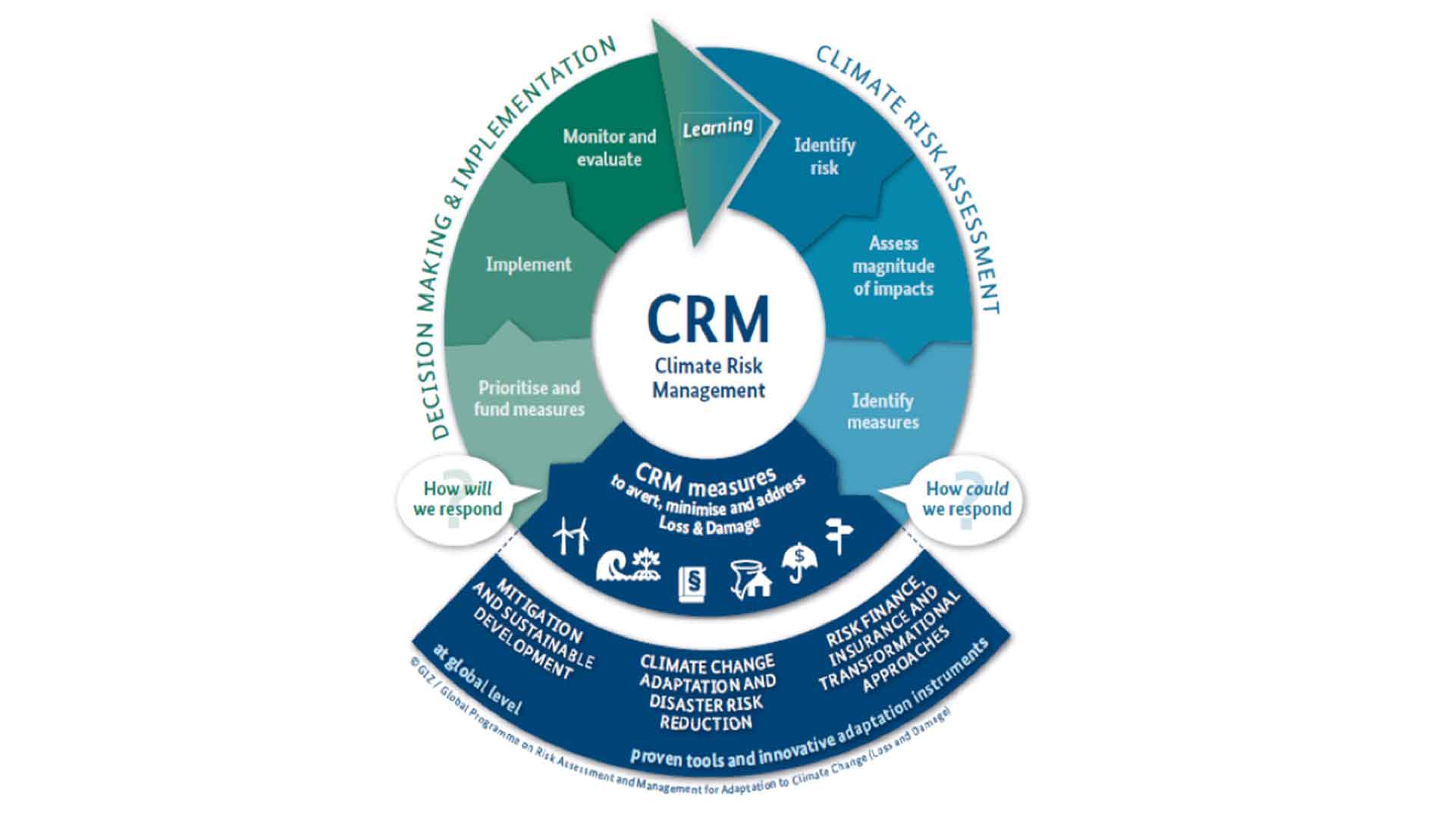
The Climate Risk Framework is a tool that helps to identify and prioritize the most crucial physical climate risk threats. They support organizations considering their particular circumstances such as location, the scope of activities, etc. It includes four groups: low-carbon energy sources; water resources management; adaptation measures (e.g., flood protection); disaster preparedness, and recovery.
There are many other tools available online that provide information on how these risks may impact you. It includes NOAA’s Climate Wizard, which provides insight into what might happen in your area.
Major categories of physical climate risks
Low carbon energy sources: Climate change can disrupt the air quality near power plants or coal mines. Climate risks impact the electric grid, which relies heavily on fossil fuels to produce and distribute electricity.
Water resources management: Climate change may lead to less rainfall in some areas while increasing water demand elsewhere. In addition, rising sea levels threaten coastal cities worldwide with saltwater intrusion into freshwater supplies. Especially the ones that are necessary for drinking water and agricultural irrigation.
Adaptation measures: Sea level rise will require adaptation efforts such as raised roads and increased storm protection systems along coasts. Drought conditions can impact agriculture by reducing access to fresh groundwater due to drilling restrictions imposed during a drought emergency declaration. Climate change also affects our food system by altering growing seasons. For example, less rainfall means crops will need more irrigation. It can lead to a shortage in freshwater resources for other uses such as drinking water or industrial manufacturing activities.
Coastal flooding threats: Increasing temperatures lead to higher sea levels that can flood coastal cities worldwide with saltwater intrusion into freshwater supplies. It is called “saltwater intrusion” because it occurs when too much salt is present in an area’s freshwater supply. It is due to its proximity to saline waters from rivers and the ocean.
Prospects for global health
Climate change is also increasing the intensity of storms and other extreme weather events. It can lead to flooding or droughts that are both exacerbated by climate change. Ultimately, climate change will affect our health: According to World Health Organization reports, increased temperatures have led to more heatwaves and will continue to do so in some regions. It is correlated with an increase in deaths associated with cardiovascular disease.
This issue also increases risks for malaria transmission as mosquitoes become active earlier in warmer climates than previously observed. Additionally, food shortages lead people with compromised diets from poverty or malnutrition even further into starvation. It is all due to global warming’s effects on crop production.

